The city of Gaborone is Botswana’s capital, and the distinctive parliament building stands central to the city’s main axis as part of the large government headquarters. There is a beautiful park in front of the parliament and just in the middle of the city you will enjoy the positively relaxed atmosphere that characterizes the capital. The park is a great place to enjoy a stroll or as a starting point for a walk through the Government Quarter or the Main Mall.
The National Museum and Gaborone’s cathedrals are some of the sights where you can see and experience part of the culture that prevails in Botswana. Thus, the museum has a wide collection of everything from art to a Rhodesia Railways carriage. It is a great place to explore the country’s culture and history.
There are also markets in Gaborone. They are located on the main shopping street Main Mall, which link the parliament in the west and Gaborone’s town hall in the east. At the Main Mall you can find various art, which is also the case in the small artist colony Thapong Culture Center. Several major market areas and shops can be visited at the city’s railway station area and in some other neighborhoods.
There is great opportunity to take a closer look at the country’s wildlife and the nature around Gaborone, which west of the city quickly becomes the Kalahari desert. The desert divides Botswana and Namibia. The Gaborone Dam is just a short drive south of the city and drive a bit further to get into South Africa.
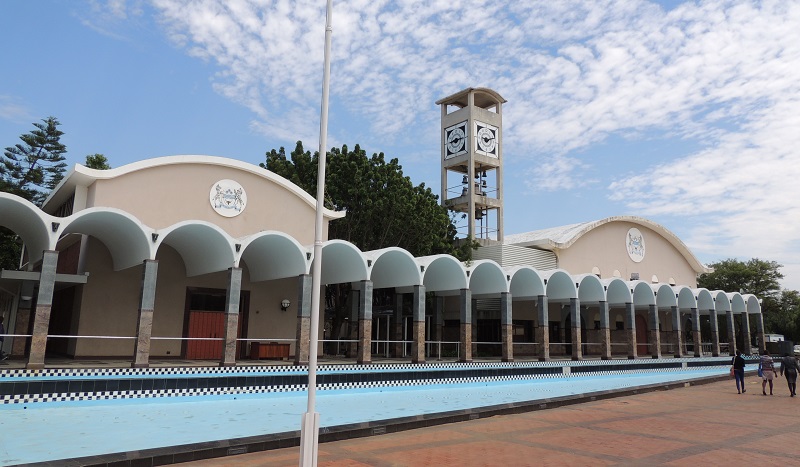
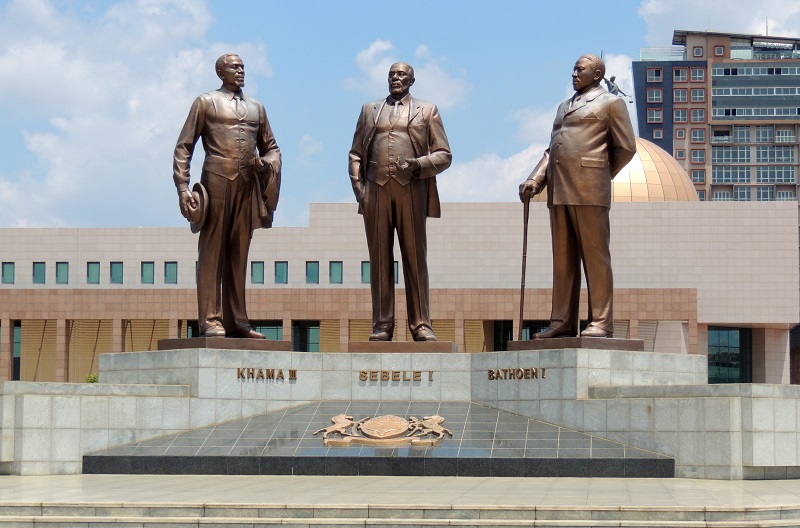
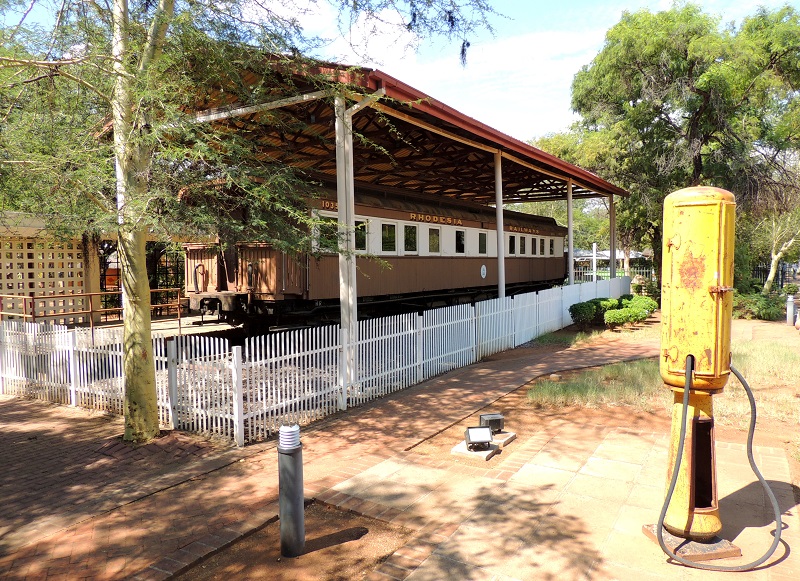
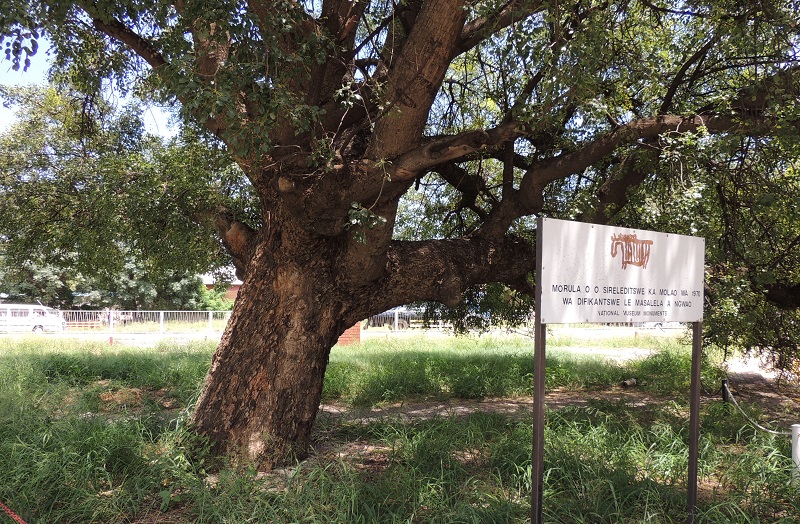
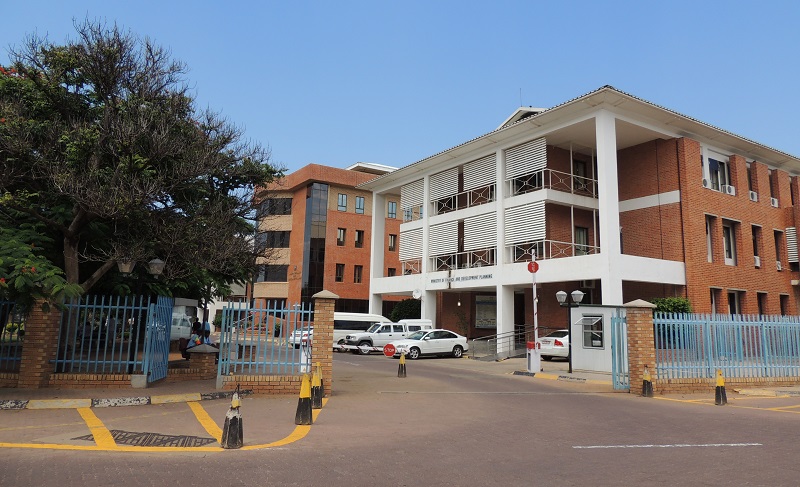
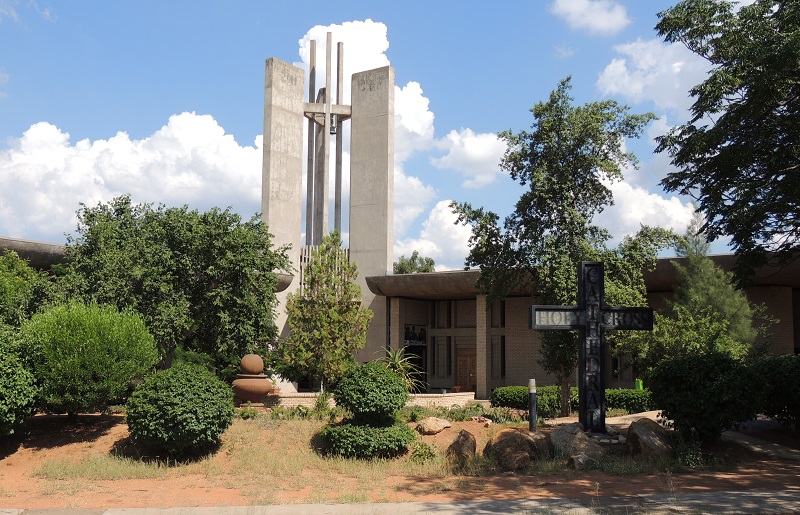
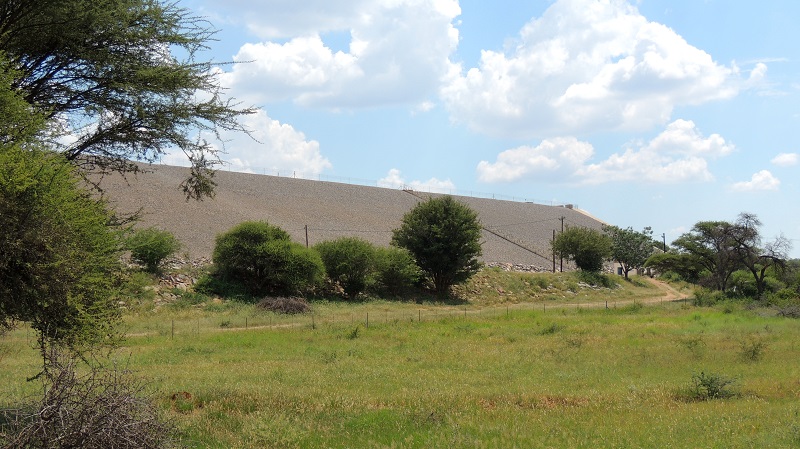
Pre-European History
Living in the Notwane River area has been around since the Stone Age. Over time, there were various tribes that characterized the culture and development of present-day Botswana.
More recently, the so-called mfecane period took place in the early 1800s. It was a time when the batswana ethnic group became dominant.
The arrival of the
Boers In the 1830s, the Boers started their great migration from the Cape Colony in the southwest to the northeast in today’s South Africa and Botswana, among others. The migration progressed while there were internal tribal settlements in the region, with several going to, for example, present-day Zambia and Zimbabwe.
The mid-19th century was also the time when European missionaries came to Africa to a large extent. In this connection, David Livingstone established a church and school in 1845 at the Kolobeng Mission; near Gaborone, which was not yet a city at that time.
Gaborone occurs
In the 1880s, the Gaborone of the Batloko tribe left the South African province of Magaliesberg, heading for the area that later became southeastern Botswana. Here he founded the settlement Moshaweng, which European settlers called Gaborone Village or later simply Gaberones.
One of the early plants in the city was the fort of the mining magnate Cecil Rhodes, which served as a colony administration. The fort’s location later became the place where the real Gaborone grew.
Botswana and the Three Chiefs
In 1871 gold was found in South Africa, which later became of great importance to Cecil Rhodes’s interests in the South African colonies.
The British Protectorate of Bechuanaland was established in 1885, and it achieved a high degree of self-government through local chiefs. In 1889, Cecil Rhodes formed the British South Africa Company with royal permission, and this company became the British colonial government in the region.
Through the British South Africa Company, Cecil Rhodes wanted control of all the colonies of southern Africa, and this led three chiefs to travel to London in 1895. Here they were represented by Queen Victoria, who approved their wish not to include Botswana in British South Africa Company or other British colonies such as South Rhodesia.
The 1900s
The time from the Chiefs’ visit in the late 1800s to the independence of Botswana in 1966 became a period when Gaberones remained a small town with no character of the capital it was soon to become. Botswana as a whole also remained in a limited development such as the Protectorate of Bechuanaland, where, for example, the raw materials that helped to improve the economy significantly after the country’s independence were not yet found. In 1964, Gaborone had less than 4,000 inhabitants. It was one like a larger village that in a few decades would grow to more than 200,000 inhabitants.
The new capital
In 1965, the Protectorate of Bechuanaland’s capital was moved from Mafeking to Gaberones, and when the country gained independence the following year, the election also fell on Gaberones as its capital, with the first wish Lobatse proved too limited in terms of development opportunities.
Gaberones was chosen because it had sufficient water resources, it was close to connections to Pretoria, it was centrally located in relation to the tribes’ settlements in the country, and then finally it was already colonial capital.
On September 30, 1966, the independence of Botswana was a reality, and in the new capital Derek Jones became the first mayor.
Gaborone today
The new capital of Botswana is listed as a planned city. The plant started in 1964, and the city plan laid out large areas for walking areas and squares to create an airy city with urban spaces for citizens. After three years of construction, the basics of the city were completed and the capital was gradually taken into use. In 1969, Gaberone’s name changed to Gaborone.
Since then, developments have continued at a rapid pace, with urbanization and increased trade and other business having created the basis for many new buildings and general growth in Gaborone. The city today stands modern, but at the same time as the quietness that was planned for the new city in the 1960s.
Overview of Gaborone
The city of Gaborone is Botswana’s capital, and the distinctive parliament building stands central to the city’s main axis as part of the large government headquarters. There is a beautiful park in front of the parliament and just in the middle of the city you will enjoy the positively relaxed atmosphere that characterizes the capital. The park is a great place to enjoy a stroll or as a starting point for a walk through the Government Quarter or the Main Mall.
The National Museum and the city’s cathedrals are some of the sights where you can see and experience part of the culture that prevails in Botswana. Thus, the museum has a wide collection of everything from art to a Rhodesia Railways carriage. It is a great place to explore the country’s culture and history.
About the upcoming Gaborone travel guide
About the travel guide
The Gaborone travel guide gives you an overview of the sights and activities of the Botswanese city. Read about top sights and other sights, and get a tour guide with tour suggestions and detailed descriptions of all the city’s most important churches, monuments, mansions, museums, etc.
Gaborone is waiting for you, and at vamados.com you can also find cheap flights and great deals on hotels for your trip. You just select your travel dates and then you get flight and accommodation suggestions in and around the city.
Read more about Gaborone and Botswana
Buy the travel guide
Click the “Add to Cart” button to purchase the travel guide. After that you will come to the payment, where you enter the purchase and payment information. Upon payment of the travel guide, you will immediately receive a receipt with a link to download your purchase. You can download the travel guide immediately or use the download link in the email later.
Use the travel guide
When you buy the travel guide to Gaborone you get the book online so you can have it on your phone, tablet or computer – and of course you can choose to print it. Use the maps and tour suggestions and you will have a good and content-rich journey.
Parliament • Three Dikgosi Monument • The Marula Tree • Main Mall
Overview of Gaborone
The city of Gaborone is Botswana’s capital, and the distinctive parliament building stands central to the city’s main axis as part of the large government headquarters. There is a beautiful park in front of the parliament and just in the middle of the city you will enjoy the positively relaxed atmosphere that characterizes the capital. The park is a great place to enjoy a stroll or as a starting point for a walk through the Government Quarter or the Main Mall.
The National Museum and the city’s cathedrals are some of the sights where you can see and experience part of the culture that prevails in Botswana. Thus, the museum has a wide collection of everything from art to a Rhodesia Railways carriage. It is a great place to explore the country’s culture and history.
About the upcoming Gaborone travel guide
About the travel guide
The Gaborone travel guide gives you an overview of the sights and activities of the Botswanese city. Read about top sights and other sights, and get a tour guide with tour suggestions and detailed descriptions of all the city’s most important churches, monuments, mansions, museums, etc.
Gaborone is waiting for you, and at vamados.com you can also find cheap flights and great deals on hotels for your trip. You just select your travel dates and then you get flight and accommodation suggestions in and around the city.
Read more about Gaborone and Botswana
Buy the travel guide
Click the “Add to Cart” button to purchase the travel guide. After that you will come to the payment, where you enter the purchase and payment information. Upon payment of the travel guide, you will immediately receive a receipt with a link to download your purchase. You can download the travel guide immediately or use the download link in the email later.
Use the travel guide
When you buy the travel guide to Gaborone you get the book online so you can have it on your phone, tablet or computer – and of course you can choose to print it. Use the maps and tour suggestions and you will have a good and content-rich journey.



Similar to Gaborone Travel Guide
There are no listings matching your search.
Reset